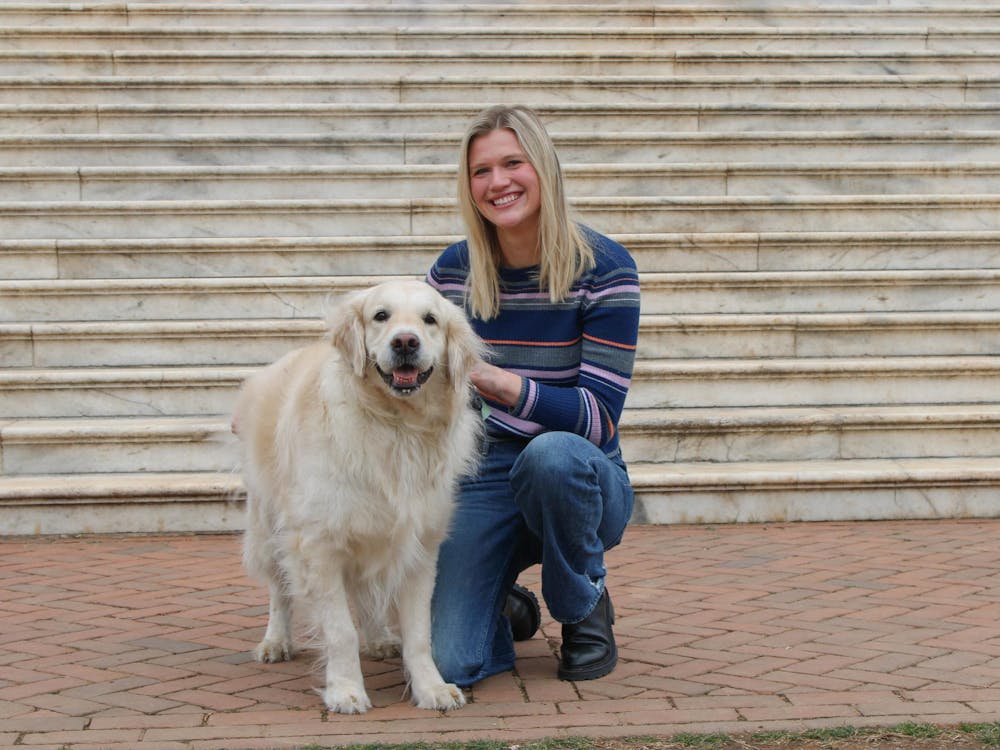I had been dreading this moment for so long, I began to believe it would never come.
I scoffed at advice from wiser friends who instructed me to rest, take it easy or at the very least to spend more time stretching. I told myself these were tips for other people — people whose bodies hadn’t adapted to training the way mine had. After nine years of distance running, my legs were reliable, fortified steel. When other things in my life felt shaky and questionable, my legs could reliably carry me far away to a world without stress and insecurity.
Yet, as so many people had warned me, headstrong denial did not stop injury from catching up with me. About two weeks ago, a sharp pain in my right hip forced me to accept my own limitations.
I refused to face the facts. “I couldn’t be injured,” I would think angrily, limping up and down the stairs and ignoring the pain in my hip. “It’s simply a one-day soreness, the result of an abnormally long run.” I was on schedule training for a marathon, having just passed the halfway point of the sixteen-week training calendar by completing a 16-mile run. My hip had ached and complained for over two hours as I trudged away the miles, but I ignored these warning signs with equal parts determination and foolishness. All I could think about was finishing the run and how proud I would feel to be halfway to completing my first marathon.
When I couldn’t walk without limping the next day, I blamed it on simple fatigue. I took a day off, but still did plenty of walking around, noticing that the pain would subside as I loosened up the muscles. Tomorrow, I thought, I’ll be perfectly healed.
After having an x-ray and speaking to trainers, I was told I likely had a fracture in my femur and would lose the ability to run for several weeks. Almost two weeks later, I still wake up every morning with a stiff hip and a limp. Running more than a quarter of a mile brings painful tremors up my right side, and training for the marathon has come to a complete halt.
At the end of the semester, with finals looming and a summer of interning and real life ahead, losing the ability to run nearly drove me to depression. Running, for me, is an outlet. After a run, optimism and confidence replace any dregs of anger and sadness; I feel strong and competent despite anything else going on in my life. Without this outlet, I was lost and afraid, unsure of how to spend my time or deal with mounting stress.
Eventually, though, I reminded myself to breathe. I was not the first person to face an injury, and I would surely not be the last. Life was testing me, and the true measure of this test would be my ability to stay focused and positive in the face of adversity. Instead of letting frustration overwhelm me, I had to focus on recovery and channel my determination into becoming healthy and building strength in other areas. There will be more marathons and more runs, but I will only be 20 years old on a beautiful April afternoon a few short times. I won’t let an injury stop me from enjoying the rest of my life.
All of us will face obstacles in the future, and these obstacles will force us to re-evaluate our priorities. Rather than giving up and indulging in self-pity, we should try to see the hidden opportunities that struggle could present, and appreciate the strength that we gain by facing challenges head on.





